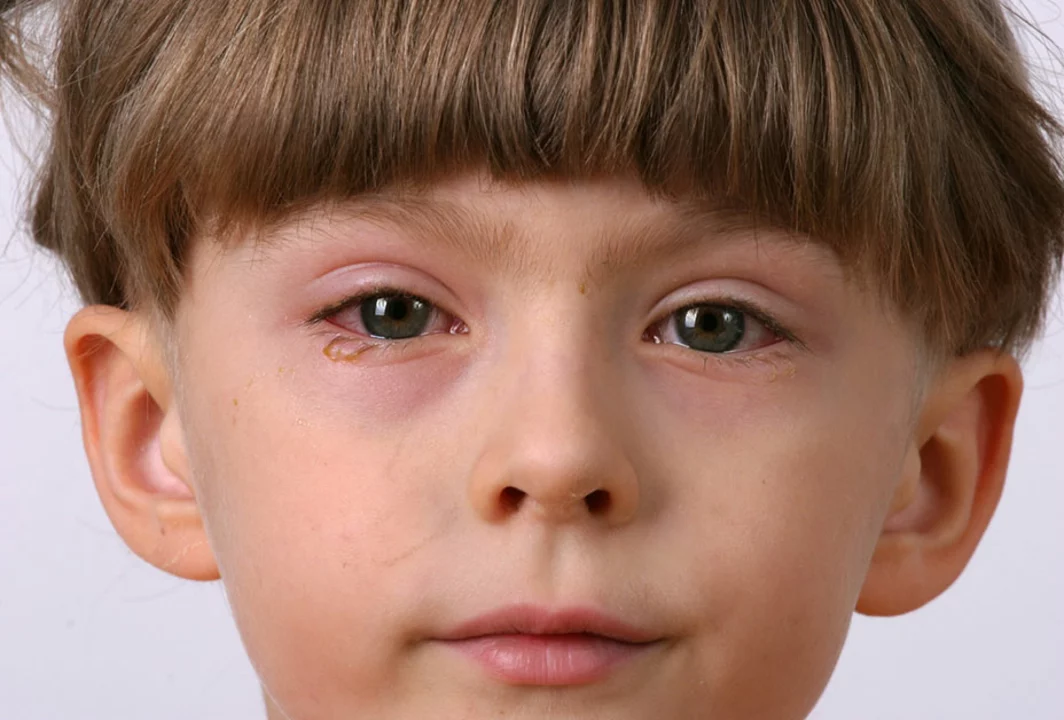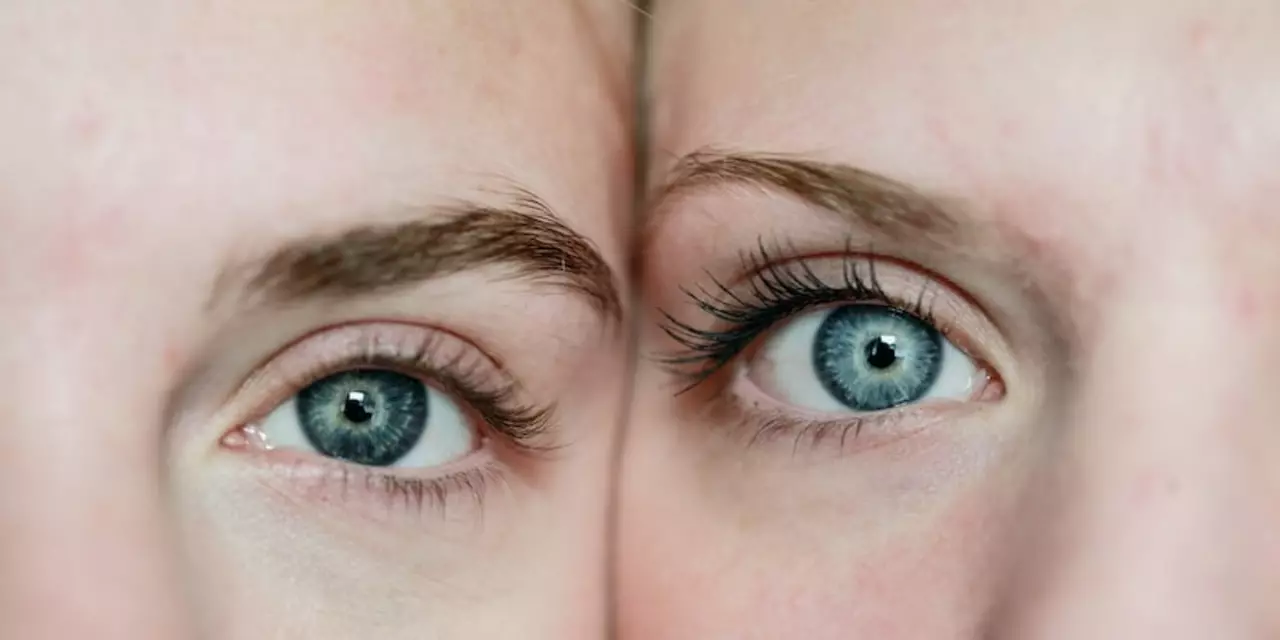Pink Eye: What You Need to Know
Pink eye, or conjunctivitis, is an eye condition that many people experience at some point. It happens when the thin clear layer covering the white of your eye gets inflamed or infected. This leads to redness and irritation that can be uncomfortable. But what causes pink eye and how can you handle it?
First off, pink eye can be caused by a few things: viruses, bacteria, allergens like pollen, or irritants such as smoke or shampoo. The most common types are viral and bacterial. Viral pink eye often comes along with cold symptoms and usually clears up on its own within a week or two. Bacterial pink eye might produce thicker discharge and sometimes needs antibiotic eye drops prescribed by a doctor.
Recognizing Pink Eye Symptoms
You’ll notice several signs if you have pink eye. Redness is the most obvious one — your eye looks pink or red instead of white. You might feel a gritty sensation like something’s in your eye, along with itching or burning. Some people get watery eyes or a yellowish-green crusty discharge, especially after sleeping. It can affect one or both eyes. If your vision changes or you experience pain, it’s important to see a healthcare provider quickly.
One key step is avoiding touching or rubbing your eyes, as this can spread the infection. Washing hands regularly and not sharing towels or pillows helps keep it from passing to others. If you wear contact lenses, switch to glasses until your eye clears up.
How to Care for Pink Eye Safely
For viral pink eye, rest and using a clean, damp cloth to gently wipe away discharge can make you more comfortable. Artificial tears from the pharmacy may help ease dryness and irritation too. If your pink eye is bacterial, a doctor might give you antibiotic drops or ointment to speed recovery.
Allergic pink eye needs a different approach, like antihistamine eye drops or avoiding the trigger if possible. If you’re unsure what type of pink eye you have or if symptoms worsen, getting a professional diagnosis is best. Taking care of your eyes carefully can prevent complications and make healing smoother.
In short, pink eye can be annoying but is usually easy to treat. Knowing the cause and symptoms helps you respond right and keep your eyes healthy. When in doubt, checking with a healthcare expert ensures you get the right treatment and avoid spreading the infection.
How do you know if you have a pink eye?
Do you have red, itchy, and swollen eyes? Have you noticed a thick yellow or greenish discharge coming from them? If so, you may have pink eye. Pink eye is a contagious infection that can spread quickly, so it's important to get it treated right away. It's also important to practice good hygiene and avoid touching your eyes, as this can help prevent the spread of the infection. If you think you may have pink eye, it's best to see a doctor for a proper diagnosis and treatment.
If a dog eats cat poop then licks my eye, will I get pink eye?
This is an important question to consider if you live with a pet that likes to explore the outdoors. If your dog has eaten cat poop and then licks your eye, it is possible that you could get pink eye, also known as conjunctivitis. This is an infection of the eye that causes inflammation and redness. It is highly contagious, so it is important to take precautions if you think you may have been exposed. The best way to prevent pink eye is to make sure your dog is regularly dewormed and that all fecal matter is removed from your yard. Additionally, it is important to practice good hygiene, such as washing your hands and face often.

